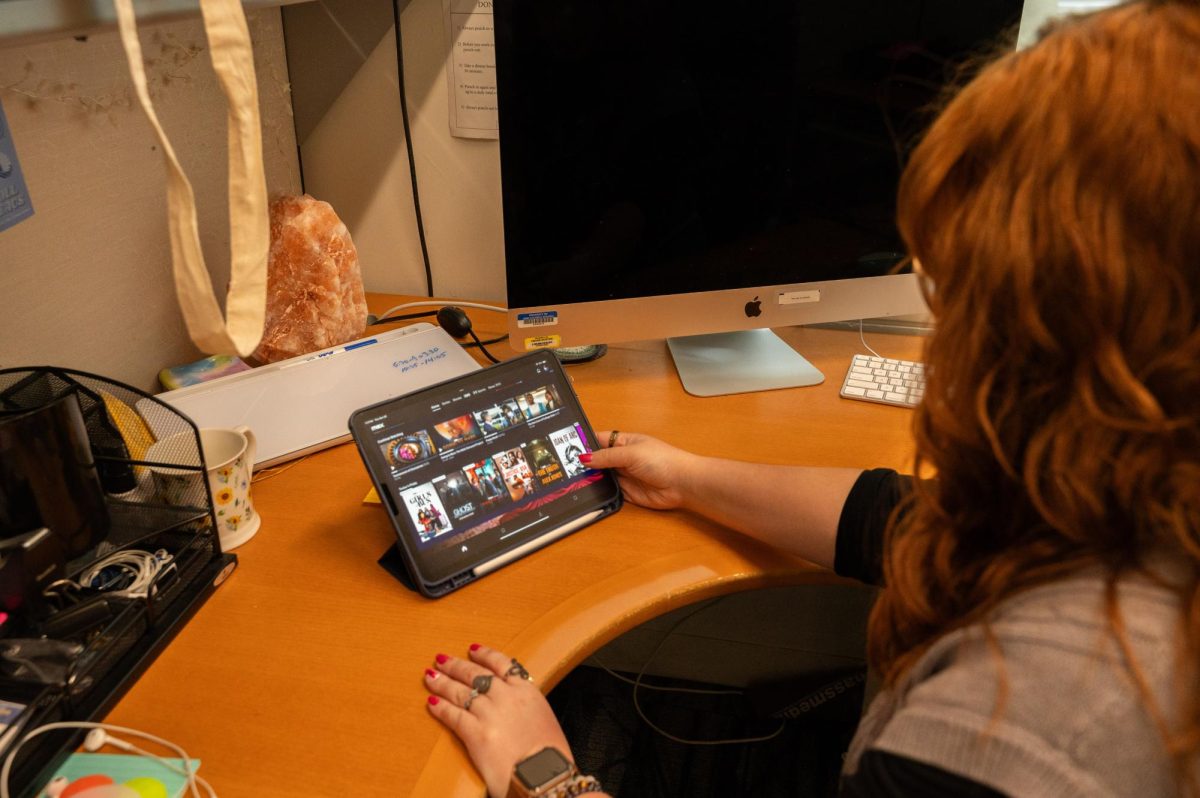April 1 marks the start of National Autism Acceptance Month, a time of year that serves to raise awareness about autism and foster diversity. To celebrate the start of the month, here is some information about Autism Spectrum Disorder, including misconceptions, the problems with media representation and what it’s like to live as an autistic person.
According to the Centers for Disease Control website, around one in every 36 children is diagnosed with Autism Spectrum Disorder in the United States (1). Autism Spectrum Disorder is a developmental disability that affects cognition, speech and presents communication and sensory difficulties. More than anything, ASD represents a spectrum of symptoms that differ depending on the person.
Each person is going to have a different experience with ASD, so it’s wrong to make any sweeping generalizations about the disorder. This is where media representation goes awry. Autistic characters in media are often made into caricatures, perpetuating harmful stereotypes and making people less aware of the reality of life with autism. There are many misconceptions surrounding the disorder that only harm those with ASD.
One of the most pressing issues is the prevalence of Autism Speaks. Autism Speaks is the most prevalent autism awareness organization, but it is also the most problematic. According to the Autism Self Advocacy Network, only two out of the 28 members on the board are autistic, leaving their policies biased and their people inexperienced (2). A vast majority of the board represents large corporations.
Data from ASAN found that Autism Speaks contributes less than one percent of its money to helping autistic people and their families (2). ASAN also found that Autism Speaks has supported the Judge Rotenberg Center, a hospital that administers electric shocks to its autistic patients. One of their most shocking moves was the release of their “I Am Autism” campaign, which compared ASD to a terminal illness that destroys families, ruins lives and robs people of their voices and dreams.
With all these controversies, it’s important to watch out for media networks supporting Autism Speaks. A prime example is the existence of Sesame Street’s autistic character Julia. While her character is a gentle and well-done portrayal of ASD, the show also formed a partnership with Autism Speaks. As a result of this, the show created a series of advertisements that depicted autism as an evil and harmful disorder.
When engaging in media that depicts ASD, it is important to watch out for specific red flags. One is the symbol of the puzzle piece, which is an outdated and offensive symbol perpetuated by networks like Autism Speaks. An infinity symbol, usually in rainbow colors, is the current symbol of ASD.
Another red flag is the portrayal of Asperger’s Syndrome. This is another outdated term used to describe individuals who are “higher functioning,” or autistic people who seem to be “better” or “less affected” by their symptoms. It is used to categorize those with autism into those who are “easier” or “harder” to deal with, which is dehumanizing.
These warning signs do not mean that a piece of media is inherently hostile, as it may have been made at a time when these symbols were more acceptable to use. However, it is important to keep an eye out for offensive or outdated portrayals of Autism Spectrum Disorder; speaking out against harmful representation can help spark change.
If students or parents in Massachusetts are on the lookout for autism support, they can consult the UMass Boston The Massachusetts Inclusive Concurrent Enrollment Initiative website. The MAICEI website serves to help students aged 18-22 who are looking to transition into adulthood outside of the high school environment. It allows students to engage with other people their age instead of going through the transition in a high school setting.
Students who are looking for support may also contact the Ross Center for Disability Services. The Ross Center can provide various academic services and support for students who require extra help to complete their college education. Students with disabilities should be given the same rights as everyone else, and that includes those with autism.
The most important thing one can do this Autism Acceptance Month is talk to fellow students, advocate for those with autism, and get opinions from people with ASD. Making the campus accessible for everyone, including people with autism, is always a step in the right direction.
- https://www.cdc.gov/ncbddd/autism/data/index.html
- https://autisticadvocacy.org/considerthefacts





















































